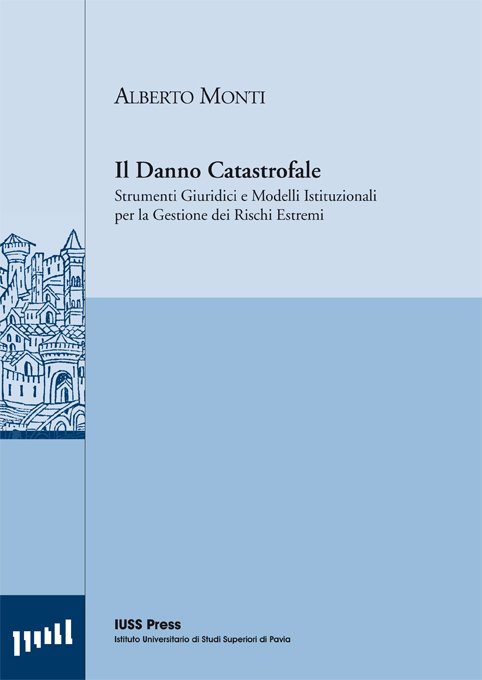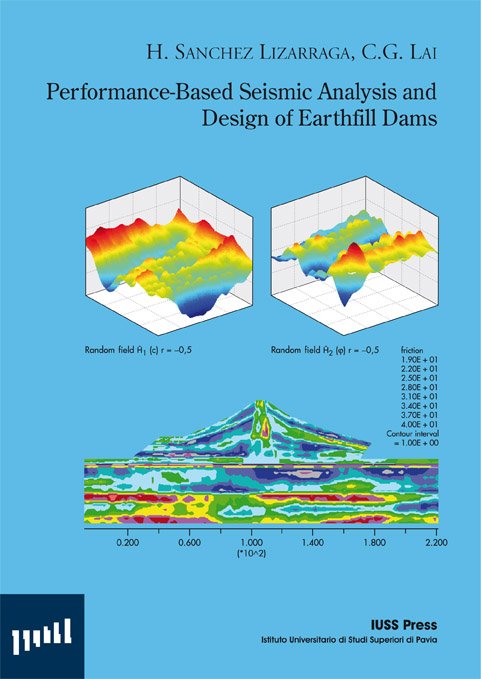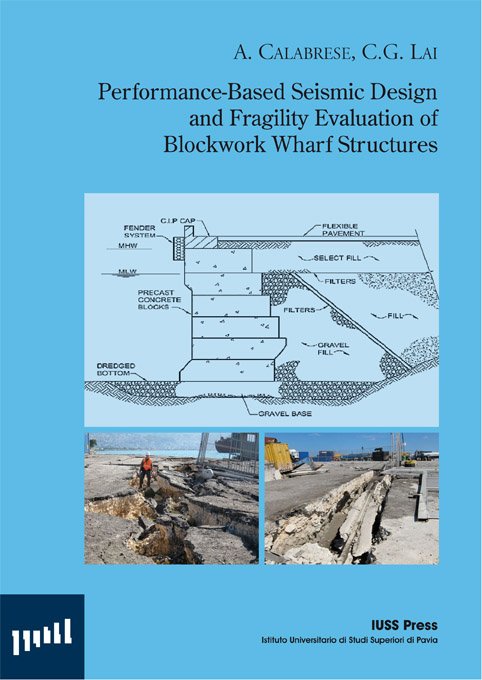Catalogue

Il Danno Catastrofale
01/01/2012
Performance-Based Seismic Analysis and Design of Earthfill Dams
24/02/2012Performance-Based Seismic Design and Fragility Evaluation of Blockwork Wharf Structures
Original price was: € 25,00.€ 18,00Current price is: € 18,00.
A. Calabrese, C.G. Lai
Research Report Rose 2012/01
ISBN: 978-88-6198-075-4
Worldwide, a large number of important ports are located in active seismic regions. In the last fifty years, several dramatic examples of earthquakes’ destructiveness have been recorded, from the 1964 Alaska earthquake to the very recent Tohoku March 11, 2011 earthquake.
FUORI CATALOGO
Worldwide, a large number of important ports are located in active seismic regions. In the last fifty years, several dramatic examples of earthquakes’ destructiveness have been recorded, from the 1964 Alaska earthquake to the very recent Tohoku March 11, 2011 earthquake. With specific reference to port infrastructures, the damage caused by seismic events often affects the economy of the region for a long time. Some circumstances have also proven that ports can be a key element for the aid operations in the immediate aftermath following a seismic event. For instance, in the 2010 Haiti earthquake, the loss of serviceability of most berthing facilities greatly complicated the relief efforts. The above considerations indicate that the severe consequences of earthquake-induced failures to maritime port structures require a thorough understanding of their seismic response. Existing old wharves deserve special consideration because the design tools used in the past were simpler than the ones currently in use, e.g. force-based pseudo-static approaches versus displacement-based procedures. Moreover, they were probably designed for a less severe seismic action, if any, either because the site was not classified as earthquake-susceptible or because seismic hazard studies performed at the time of design are now outdated. Furthermore, since they are located in well-established maritime ports, their loss of serviceability could be detrimental for systems with consolidated trading patterns. Blockwork wharves are the most common quay typology for existing port structures in the Mediterranean region. In this report, a comprehensive methodology for the seismic design and the probabilistic assessment of such configurations is proposed. The work is based on advanced numerical modelling combined with the use of Artificial Neural Networks, and liquefaction occurrence is explicitly taken into account. By applying the proposed procedure, design charts and fragility curves are derived for several combinations of geotechnical and structural properties.
| Weight | 0,650 kg |
|---|---|
| Dimensions | 17,0 × 24,0 cm |

